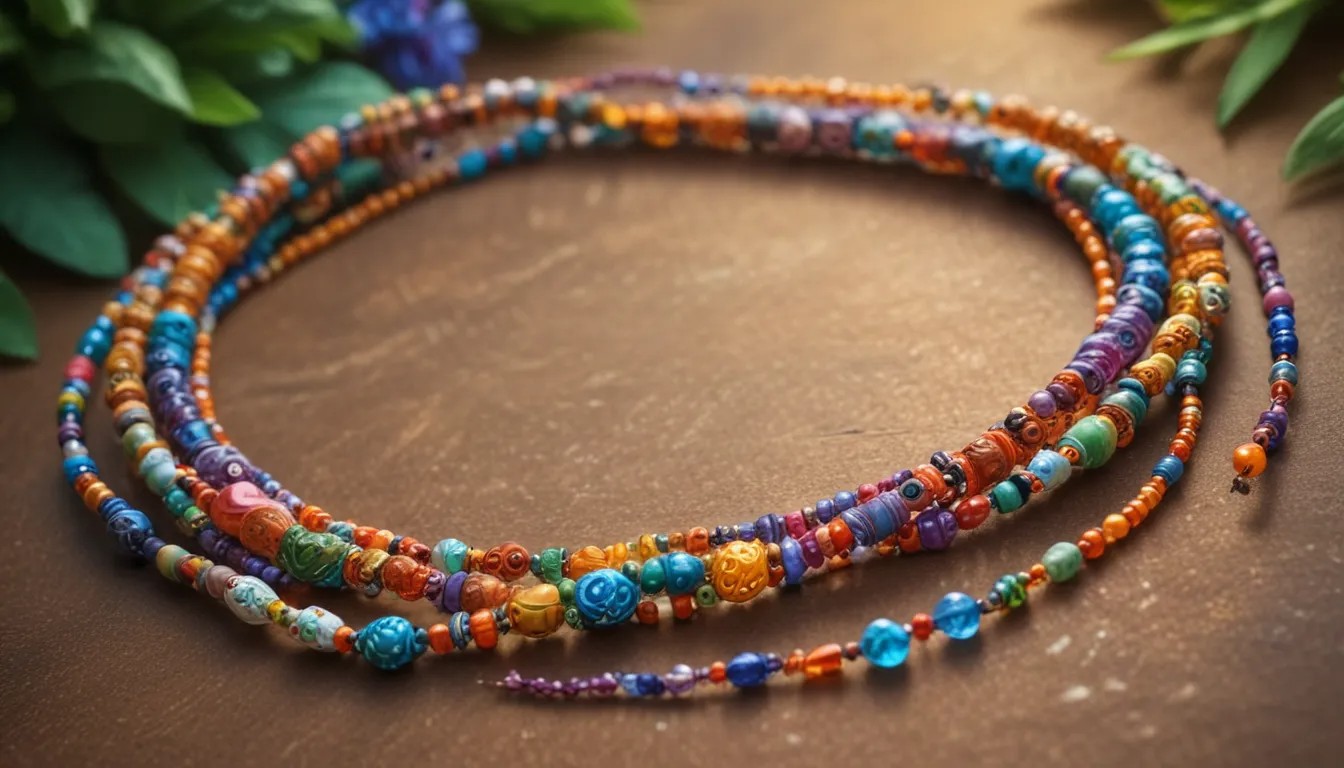- Waist beads are a unique form of jewelry worn by women around their waists, often symbolizing sexuality, maturity, and femininity
Waist beads are a unique form of jewelry worn by women around their waists, often symbolizing sexuality, maturity, and femininity. Traditionally crafted from a variety of materials—such as glass, metal, gemstones, or wood—these adornments carry deep cultural, symbolic, and personal significance. Their origins can be traced back to West Africa, where they were worn as a vital cultural expression.
The question of why women choose to wear waist beads often leads to diverse answers. The reasons are deeply personal and vary from one individual to another. A woman’s cultural background, beliefs, and personal experiences inform her choice to wear—and when to remove—these beads.
In many cultures, waist beads signify the transition into womanhood, sexuality, and fertility. They serve as markers of significant life stages, celebrating the journey of a woman’s body.
Many women wear waist beads to enhance their allure, helping them achieve attractive curves and a desirable figure. Interestingly, these beads also function as a subtle tool for monitoring body weight; if the beads become too tight, it may signal weight gain, encouraging the wearer to pay attention to her health.
For some, waist beads carry spiritual significance. Charms incorporated into the beads are believed to protect the wearer from negative energies and misfortune, while also attracting prosperity and good luck.
Read More
In contemporary society, waist beads have evolved into a fashionable accessory. They are embraced not only for their beauty but also for the confidence they can instill in the wearer. Many women cherish waist beads as a statement piece, blending cultural heritage with modern style.
However, it’s important to recognize that, despite their popularity, waist beads can pose risks. The materials used may cause allergic reactions or skin irritation, and broken beads can lead to injuries. Additionally, societal perceptions can complicate the narrative; some may mistakenly associate waist beads with promiscuity, which can strain relationships.
Despite the controversies, waist beads remain a cherished form of jewelry. Their popularity has spurred a thriving market, where artisans and entrepreneurs create and sell these beautiful pieces, thus providing economic opportunities within communities.
In essence, waist beads are more than just an accessory; they represent a rich tapestry of cultural significance, personal expression, and economic empowerment. Whether worn for tradition, beauty, or spiritual protection, waist beads continue to resonate with women around the world, embodying a blend of history and modernity.


-1760431543-md.jpg)





-1760431543-sm.jpg)



